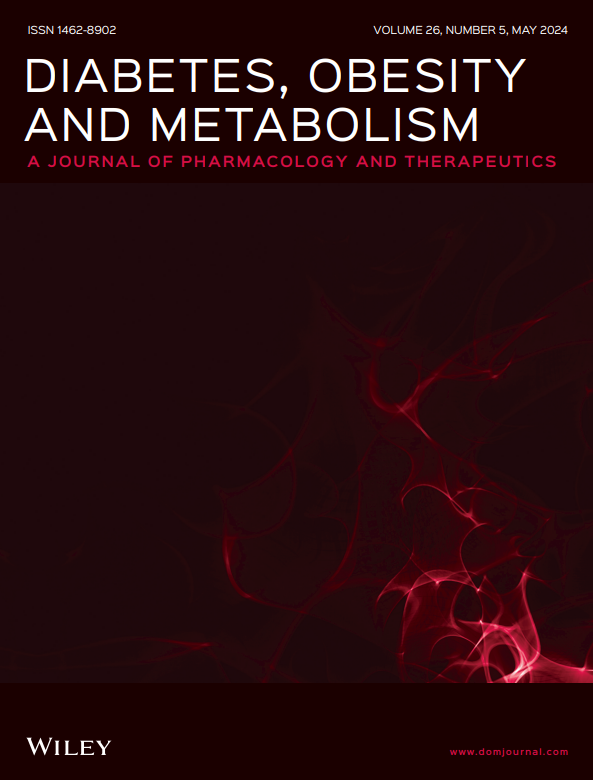A comparison of ultra-rapid and rapid insulin in automated insulin delivery for type 1 diabetes: A systematic review and meta-analysis of randomized controlled trials
Abstract
Aims
This study aimed to summarize and compare the evidence on the efficacy and safety of automated insulin delivery (AID) systems using ultra-rapid-acting insulin analogues (URAIs), such as fast-acting insulin aspart (FIASP) and ultra-rapid lispro (URLi) (referred to as AID–URAIs), versus those using rapid-acting insulin analogues (RAIs) (referred to as AID–RAIs) in patients with type 1 diabetes (T1D).
Materials and Methods
We conducted a systematic review and meta-analysis of AID–URAI versus AID–RAI. We systematically searched PubMed, Scopus, ProQuest, Web of Science, Cochrane Library, Clinicaltrial.gov, and medRxiv for articles up to 30 October 2024. Percent time-in-range (TIR; 3.9–10 mmol/L), time-below-range (TBR; 3.9- and 3.0-mmol/L), and time-above-range (TAR; >10.0- and 13.9-mmol/L) were extracted. This study was registered in the PROSPERO (CRD42024602279).
Results
Sixteen randomized controlled trials (664 participants) were included in this study. AID–URAI were associated with an increased percentage of TIR, but not clinically significant (pooled mean difference {MD} = 1.07% [95% confidence interval {CI}: 0.11 to 2.02]; I2 = 0%; p = 0.029; high certainty). The favourable effect was consistent in AID systems incorporating automated bolus correction, adults, study duration >4 weeks, and FIASP subgroups. AID–URAI has a 0.35% lower percentage of TBR (<3.9 mmol/L) compared with AID–RAI. There were no significant differences in the risk of diabetic ketoacidosis and severe hypoglycemia between the two groups.
Conclusions
AID–URAI slightly improves the percentage of TIR and has a good safety profile without increasing the risk of diabetic ketoacidosis and severe hypoglycemia.

 求助内容:
求助内容: 应助结果提醒方式:
应助结果提醒方式:


